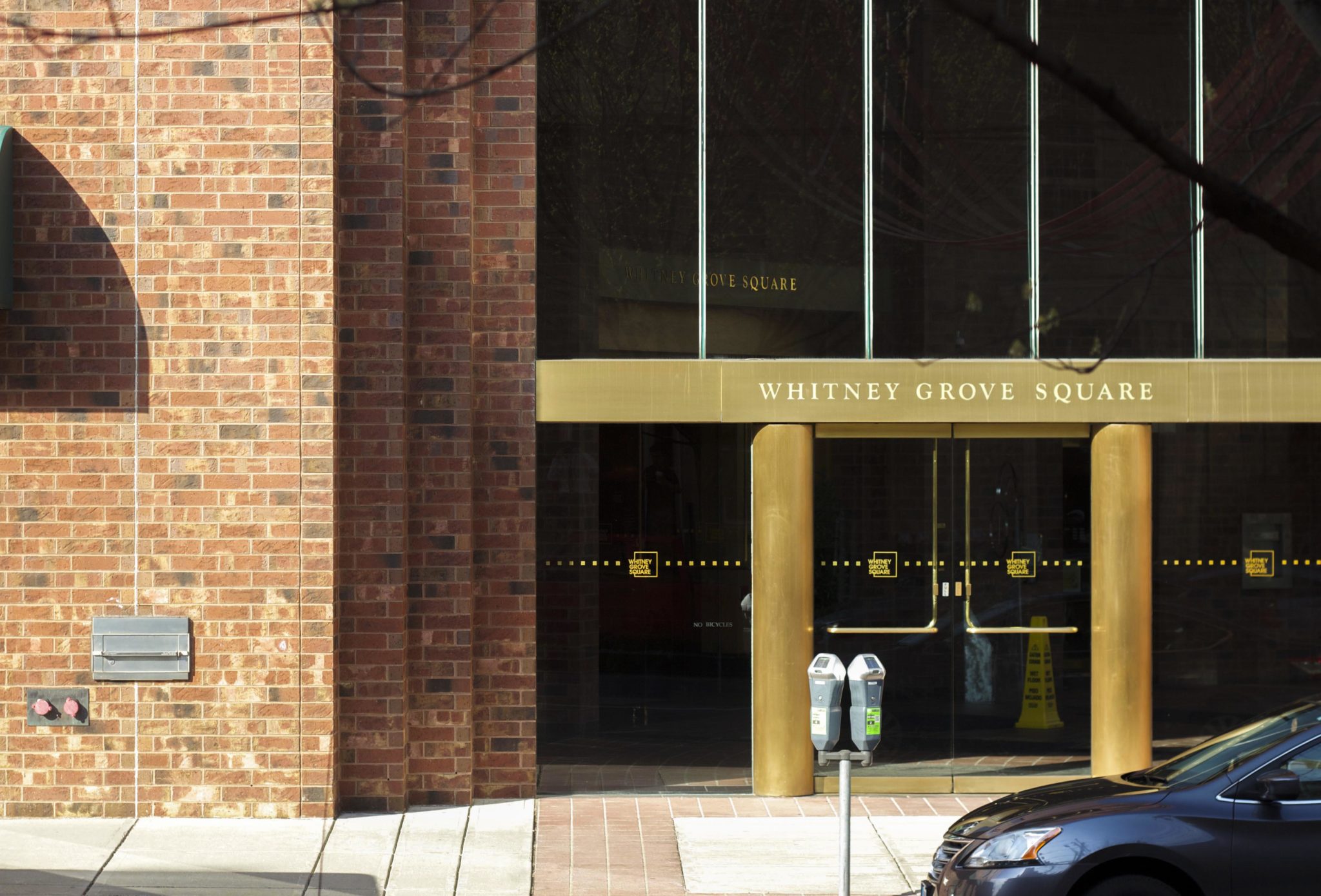
Yale Daily News
Although Yale was in the black with an $87 million surplus in its most recent academic year, University administrators are gearing up for a potential recession.
As part of its most recent annual financial report, Yale announced an $87 million surplus — which University administrators said points to current financial stability, despite projections of an upcoming national economic downturn.
Though Yale announced a large surplus and 5.7 percent returns on its endowment, the report on the 2018–19 academic year also pointed to areas in need of additional funding — such as pension liabilities and retirement benefits. In an interview with the News, University Provost Benjamin Polak and Vice President for Finance and Chief Financial Officer Stephen Murphy said the University has been financially strong in recent years. Still, according to Polak, Yale, like much of the country, could face hardship in an impending economic recession.
“The cloud behind the silver lining is that this [financial success] comes on the back of nine straight years in which employment grew in the U.S. in every single month. That’s 108 consecutive months of employment growth in the U.S.,” Polak said. “That has never happened before, and no economist that I know — and I know quite a few of them — no economist that I know thinks that’s going to go
on forever.”
The University is preparing for such a potential economic downturn, Polak and Murphy said. According to a Forbes poll, a majority of economists surveyed said they expect some type of nationwide slowdown by 2021. And according to Bloomberg, the chance of a recession happening within the next 12 months is
27 percent.
Polak told the News that while some sort of financial trouble at a national scale is expected, the University — following the 2008 financial crisis — has developed methods of responding to
such decline.
“We do need to be aware of the fact that the next decade will not be as easy financially as the last decade was,” Polak said. “We have to plan for that, and we do plan for that.”
Every year, each of Yale’s schools and units present a financial plan to the University’s Budget Advisory Committee. This year, Murphy told the News, administrators are focusing these reports on their planned responses to a possible decade-long pattern of low endowment returns. According to Murphy, deciding which action to take during financial hardship is a good thought exercise.
Polak added that the University’s bank accounts are also much better equipped than in 2008.
Even as the University looks forward to possible challenges ahead, Polak and Murphy said that Yale is in “good financial shape.” In an interview with the News, Polak and Murphy identified endowment growth, clinical profit from the School of Medicine and grants and contracts from the federal government as three major sources of revenue that determine whether Yale has had a good year financially. Murphy said the University “grew at a very healthy” rate in all three areas.
Still, Polak and Murphy both said the University currently lacks funding to fully finance pension and retirement benefits. According to the financial report, Yale requires roughly $1.9 billion and $1.4 billion to support such benefits, respectively. Neither category is currently fully funded, and to do so, the University will need to raise $500 million and $900 million respectively.
“Right now, we are underfunded relative to where we want to be,” Murphy said. “We have a responsible policy for how much funding we need to set aside each year, but that’s something that is notable on our balance sheet. That’s money that we’re going to keep setting aside every year in order to make those future payments.”
In an email to the News, Murphy wrote that while Yale’s underfunded liabilities put significant pressure on the budget, the University is on a good path to finance pensions and benefits.
Both Polak and Murphy said that no individuals are currently affected by the shortfall, and the University “[meets] every liability,” according to Polak.
Murphy added that other areas in need of financial improvement include space utilization, which, if managed more efficiently, could help reduce the University’s carbon emissions that result from heating and cooling.
Murphy and Polak said that Yale’s financial decisions are not made by a singular office. According to Polak, since the School of Medicine uses roughly half of the University’s $4 billion yearly operating budget, choices on which faculty to hire and what research projects to pursue are made by medical school personnel.
Polak also said that $77 million out of the $87 million surplus was generated from the medical school, and out of that $77 million, about $46 million sits within departments — like pediatrics and surgery — and not within the Dean’s office.
According to the Yale Investments Office’s website, the University is projected to spend $1.4 billion of the endowment during the 2019–20 school year to cover operating costs, which include salaries, scholarships and financial aid.
Valerie Pavilonis | valerie.pavilonis@yale.edu







